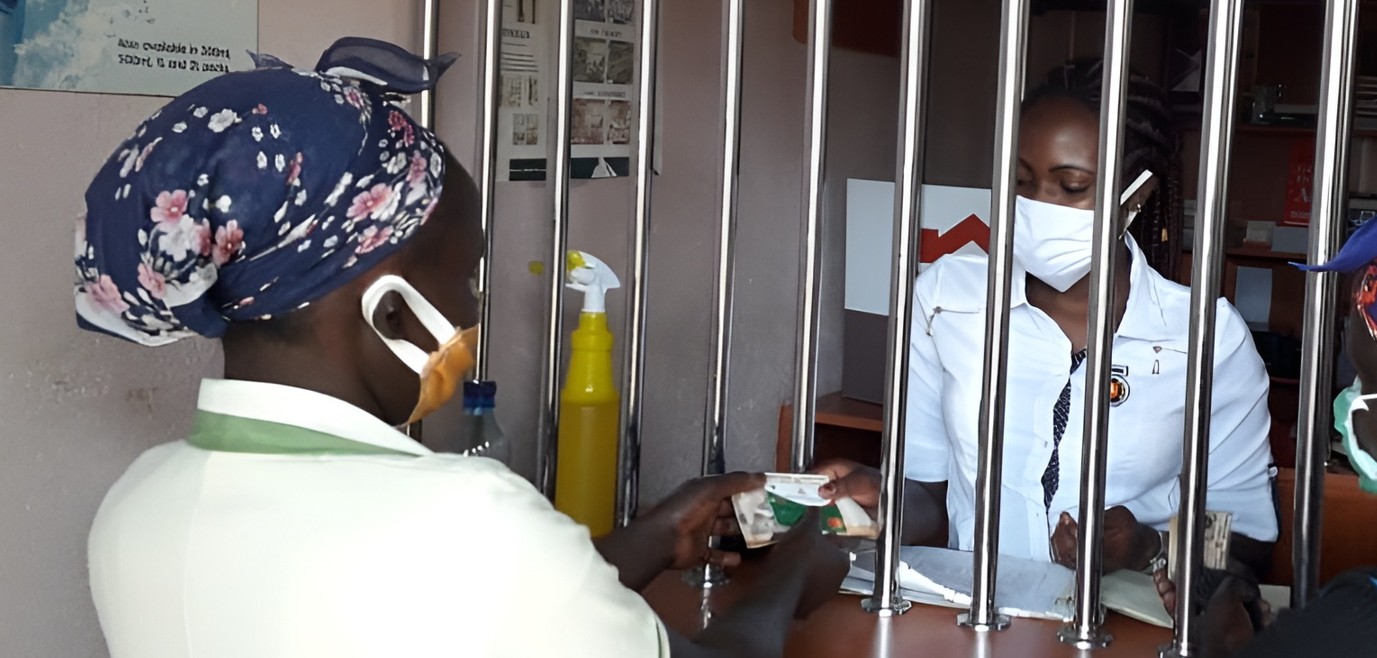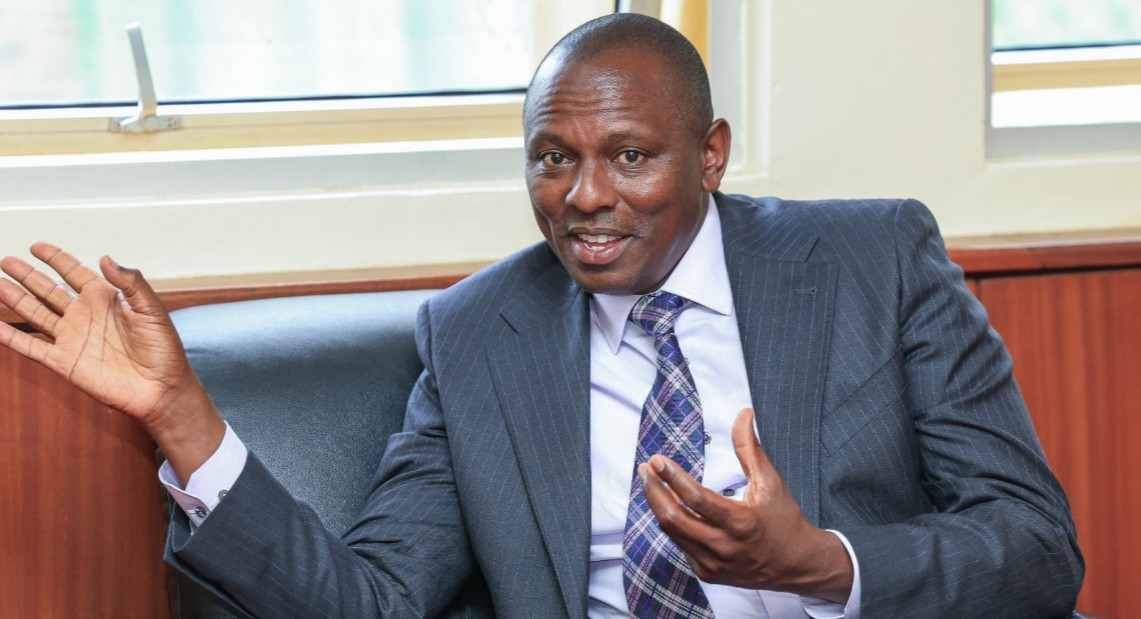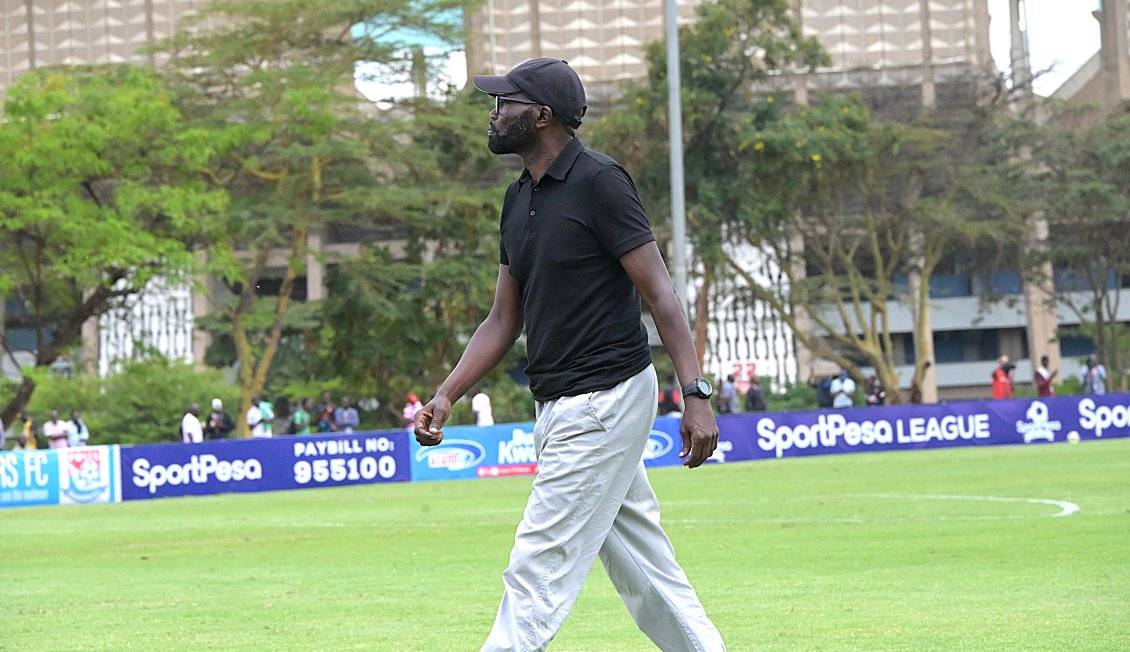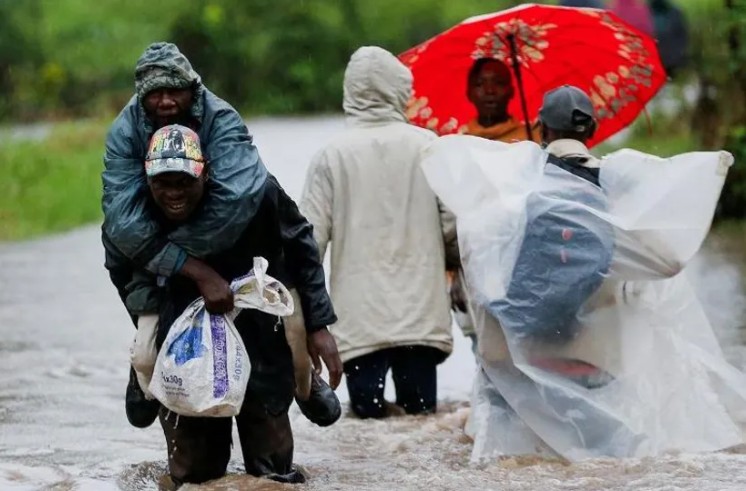Lack of reliable data hampers global response to youth mental health crisis

WHO says that only by using clear, fair, and well-tested ways of assessing mental health can countries avoid two common mistakes: either underestimating the problem and leaving young people without help, or overestimating it and stretching health systems too thin.
Mental health challenges among young people are rising at an alarming rate, but global efforts to address the crisis are being held back by inconsistent and incomplete data.
The Lancet highlights the urgent need for accurate prevalence estimates of common mental disorders among adolescents and young adults, warning that without clear and context-specific data, prevention and care strategies will remain fundamentally flawed.
More To Read
- Violence is a normal part of life for many young children: Study traces the mental health impacts
- When birth brings heartbreak: Mothers share their stories of children with deformities
- Explainer: As mental health challenges rise, here is what you need to know about antidepressants
- Mental health advocates call for community-based support as economic strain deepens
- How to talk to your kids about mental health
- Doctors Without Borders sounds alarm as mentally ill detained in South Sudan prisons
Globally, the World Health Organisation estimates that about 3.8 per cent of the population is living with depression, affecting roughly 280 million people.
Among adults, around 5 per cent are affected, with women showing slightly higher rates at 6 per cent, compared to 4 per cent in men.
The condition is also common among older adults, with 5.7 per cent of people aged 60 and above experiencing depression. Overall, women are about 50 per cent more likely to suffer from depression than men.
Recent studies show mental health issues are far more widespread than previously assumed.
Clinical threshold
In Australia, the Child to Adult Transition Study (CATS) suggests that by age 18, nearly 74 per cent of adolescents meet the clinical threshold for depression or anxiety, highlighting the scale of the problem. However, experts have raised concerns about this analysis, arguing that it heavily relies on self-reported responses, which may not accurately capture the full scope of depression.
The Kenya National Adolescent Mental Health Survey 2022 revealed that nearly 46 per cent of students aged 12-19 reported symptoms of depression and 38 per cent reported anxiety. Such numbers reflect a global trend, as mental health experts caution that the burden of youth mental illness is both underdiagnosed and underreported.
However, The Lancet and mental health researchers alike caution that some studies rely heavily on self-reported questionnaires and cut-off thresholds, which may inflate prevalence figures and blur the line between mild psychological distress and diagnosable mental illness.
In clinical settings, a mental health diagnosis requires more than the presence of symptoms. Functional and social impairments must also be considered, which is why face-to-face interviews remain the gold standard for diagnosis.
Australia's National Survey of Mental Health and Wellbeing reports that clinically significant mental disorders in young people rose from 26 per cent in 2007 to 39 per cent in 2022 — a figure experts say offers a more realistic assessment than the 74 per cent reported in CATS.
Global data gaps
Researchers also note a glaring gap in global data.
A review of over 1,800 research studies identified just 139 eligible studies on youth depression and resilience, the majority from high-income countries and focused largely on female and cisgender participants. Very few came from low- and middle-income countries, despite these regions being home to the majority of the world's youth.
The Lancet Psychiatry Commission on Youth Mental Health has also stressed the need to address deeper social and economic forces — including widening inequality, digital overexposure, and environmental pressures — that are believed to be driving the mental health crisis in young people.
While the precise effects of these megatrends remain under investigation, the Commission warns that expanding access to evidence-based mental health care cannot wait.
Experts agree that only with robust, culturally sensitive, and diverse research can the world hope to design effective responses. Without it, many young people will continue to fall through the cracks, underserved and misunderstood at a time when mental health support is needed most.
According to WHO, many young people around the world are struggling with depression, anxiety, and emotional distress, but the only way to properly understand the size of the problem is through accurate and reliable checks, not just basic questionnaires or short tests.
WHO says mental health cannot be measured by symptoms alone. Health workers are advised to take a closer look at how long a young person has been feeling unwell, how much their daily life is affected, and whether the problem is serious enough to require help.
WHO warning
The organisation also warns that many quick tests, often used in schools or clinics, are only meant to flag a possible problem, not confirm a diagnosis. These early tests must always be followed by a full conversation between the young person and a trained health worker.
Cultural background, family life, and local living conditions also play a big part, WHO notes. What looks like a mental health issue in one country might not be seen the same way elsewhere. For example, a child struggling at school after losing a parent or facing hunger may not be mentally ill, but is reacting to a difficult situation.
WHO stresses that feeling sad, stressed, or worried — especially during teenage years — is a normal part of growing up. But when these feelings become overwhelming and start to affect friendships, schoolwork, or home life, it could be a sign of a deeper problem.
The organisation recommends face-to-face check-ups with trained health staff as the best way to understand whether a young person is in trouble and what kind of support they might need.
WHO says that only by using clear, fair, and well-tested ways of assessing mental health can countries avoid two common mistakes: either underestimating the problem and leaving young people without help, or overestimating it and stretching health systems too thin.
Top Stories Today













































